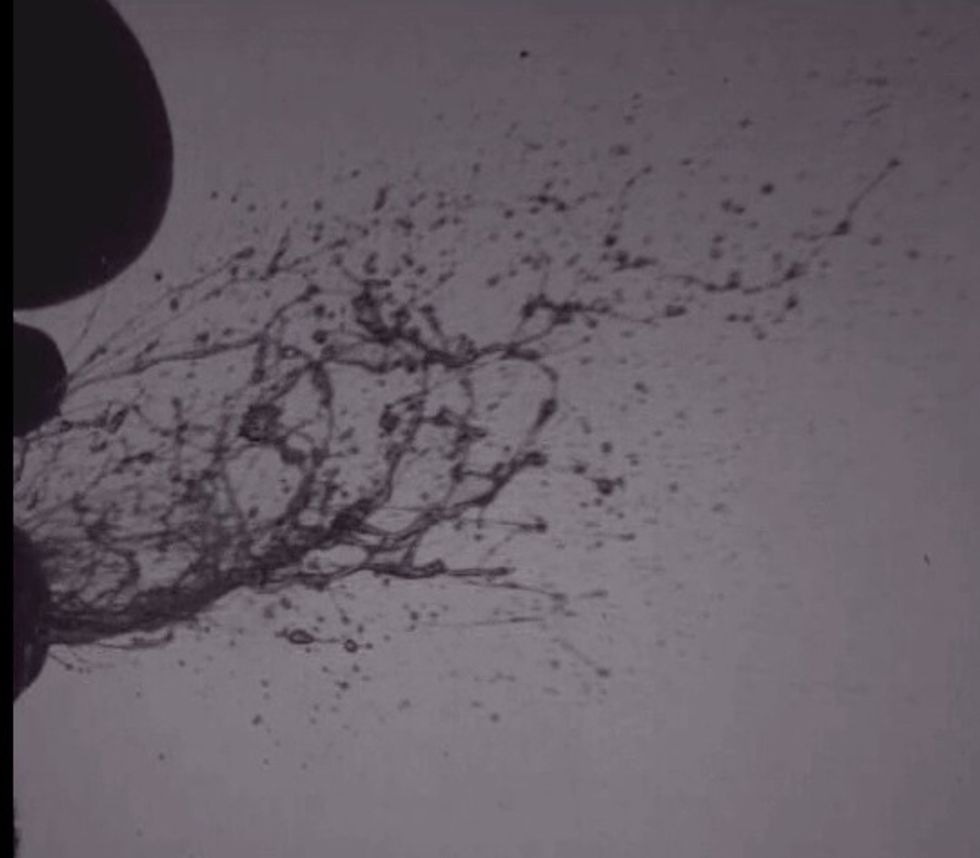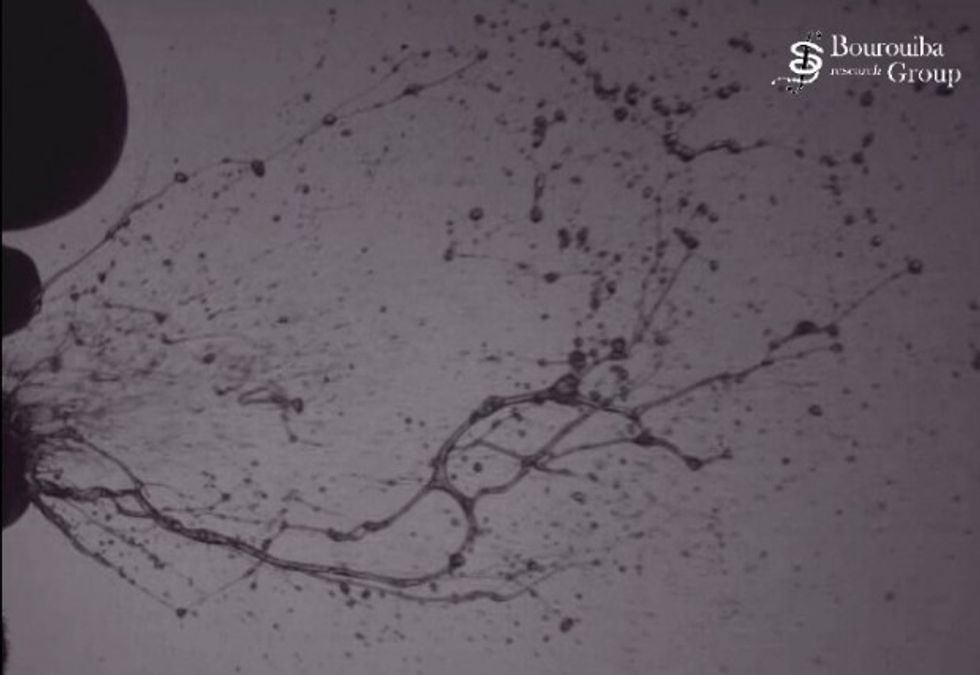
© 2024 Blaze Media LLC. All rights reserved.
"Something that has never been reported before."
A sneeze can help clear one's nasal passages while also, unfortunately, spreading infectious agents in the process. Though some is known about what a sneeze can do, just how a person performs an achoo and what happens to those particles afterward is more of a mystery.
Believe it or not, scientists at the Massachusetts Institute of Technology are doing work to figure out more on the physics of the sneeze and its aftermath.
The current lack of knowledge on this front, Lydia Bourouiba, head of MIT's Fluid Dynamics of Disease Transmission Laboratory, said is "a major blind spot when designing public health control and prevention policies, particularly when urgent measures are needed during epidemics or pandemics."

At the American Physical Society's 68th Annual Meeting of the Division of Fluid Dynamics this week, Bourouiba's team presented findings on how droplets form in a high-propulsion sneeze cloud.
The work included taking high-speed video of two healthy people as they sneezed. The researchers compiled footage of about 50 sneezes that occurred over several days and used algorithms and new 3-D visualizations to find that the "mucosalivary fluid fragments from sheets to ligaments to droplets outside of the respiratory tract," as the news release from the American Physics Institute put it. This is "something that has never been reported before in respiratory flows."
Watch the footage:
The research will be published in the journal Experiments in Fluids.
Future research will include how infectious agents can spread in a sneeze and the phlegm breakup that occurs when sick people sneeze.
The overall goal of the team is to increase understanding about the physical spread of infectious diseases in order to help guide public health policy.
(H/T: Gizmodo)
Want to leave a tip?
We answer to you. Help keep our content free of advertisers and big tech censorship by leaving a tip today.
Want to join the conversation?
Already a subscriber?
more stories
Sign up for the Blaze newsletter
By signing up, you agree to our Privacy Policy and Terms of Use, and agree to receive content that may sometimes include advertisements. You may opt out at any time.
© 2024 Blaze Media LLC. All rights reserved.
Get the stories that matter most delivered directly to your inbox.
By signing up, you agree to our Privacy Policy and Terms of Use, and agree to receive content that may sometimes include advertisements. You may opt out at any time.


